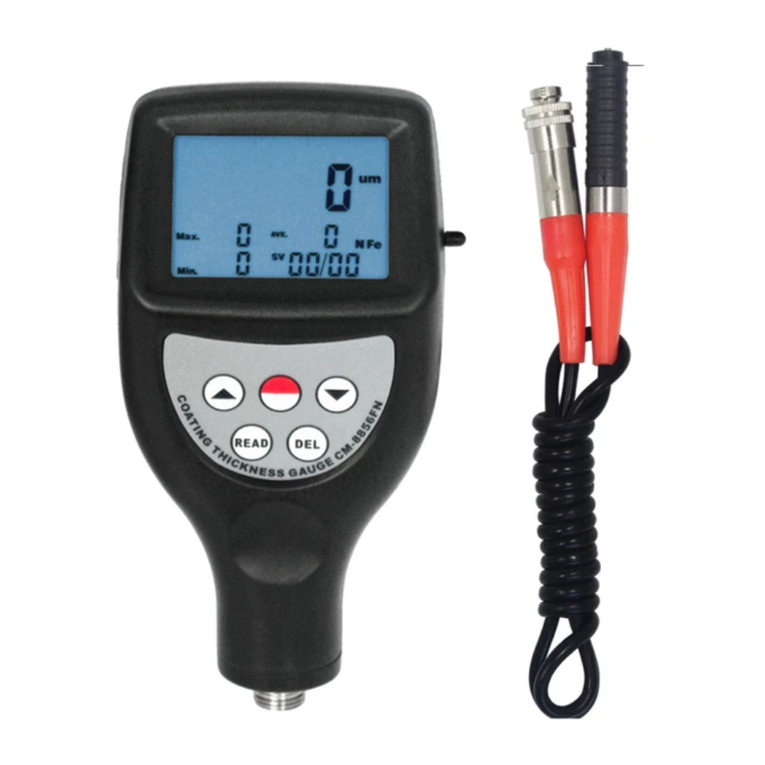1
Contents
1 General description.......................................................................3
1.1 Features..................................................................................3
1.2 Main Application and Testing Range.....................................3
1.3 Types and specification..........................................................6
1.4 Operating conditions:.............................................................9
2 Structure features and Testing principle ..................................10
2.1 Structure features.................................................................10
2.2 Testing principle...................................................................12
3 Technical capabilities..................................................................12
3.1 Specifications.......................................................................12
3.2 Dimension size and weight..................................................13
4 Testing..........................................................................................13
4.1 Preparation and Inspection prior to testing..........................13
4.2 Testing..................................................................................15
5 Special prompts...........................................................................18
6 Detail Testing procedures...........................................................19
6.1 Start-up.................................................................................19
6.2 Turn On or turn off...............................................................19
6.3 Testing..................................................................................19
6.4 Menu structure diagram.......................................................22
6.5 Measuring condition setting ................................................23
6.6 Print function .......................................................................26
6.7 Memory manager.................................................................29
6.8 Viewing interface.................................................................31
6.9 System Set............................................................................32
6.10 About software...................................................................33
6.11 Software calibration...........................................................34
6.12 Back light...........................................................................35
6.13 Turn off the power automatically.......................................35
6.14 Battery replacement...........................................................35
6.15 The connection of data communication cable ...................35
www.joyfay.com





























